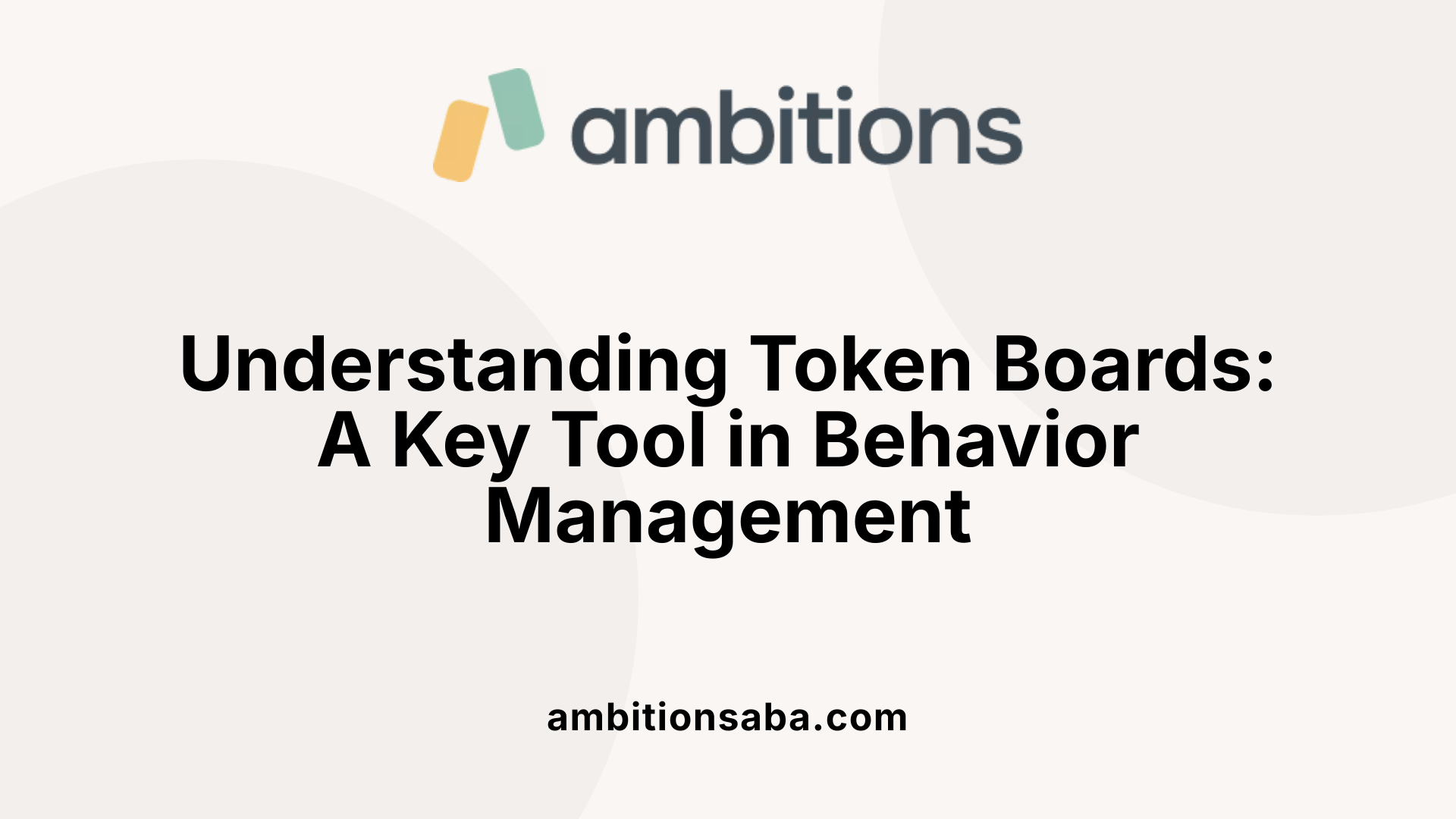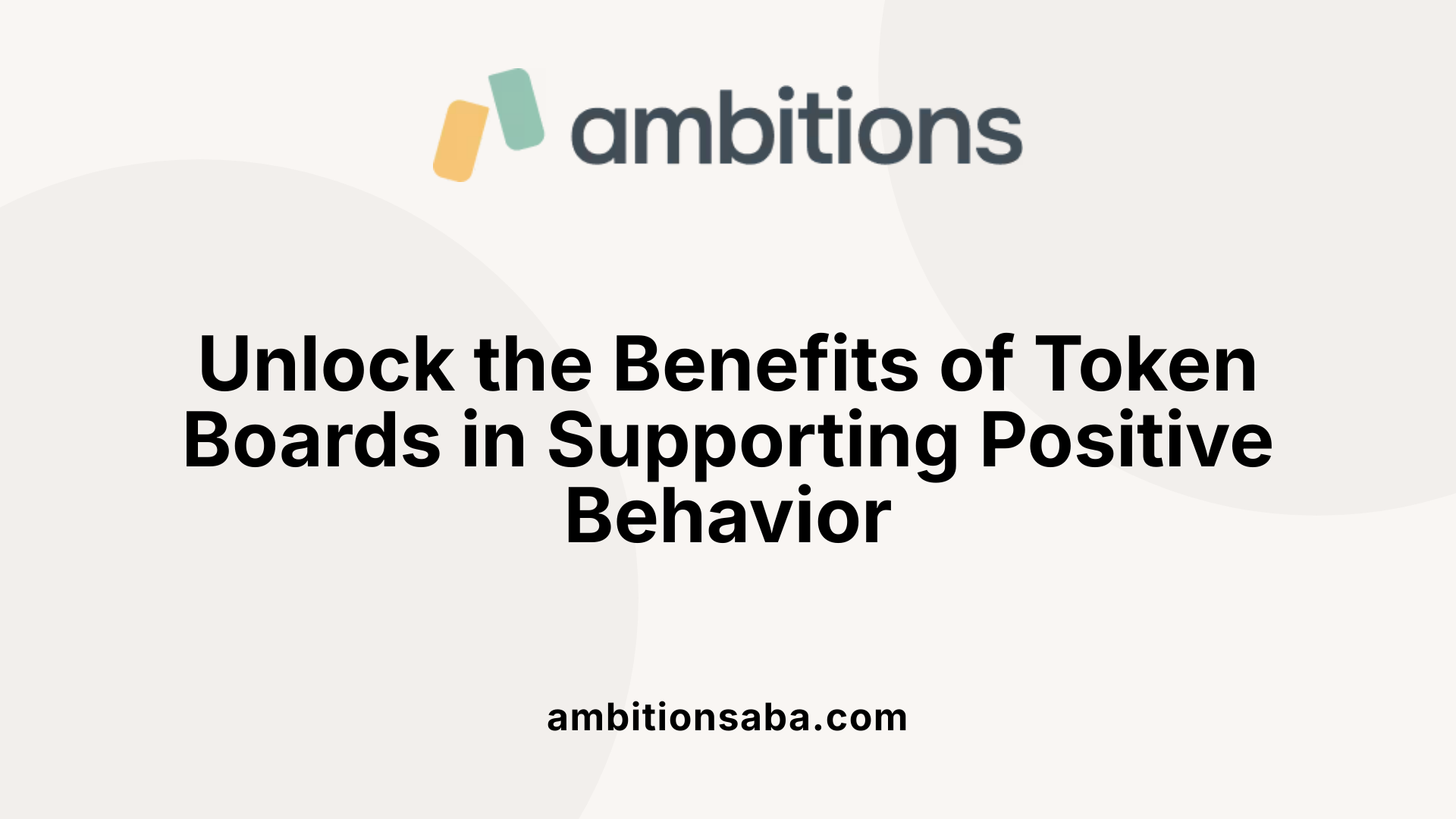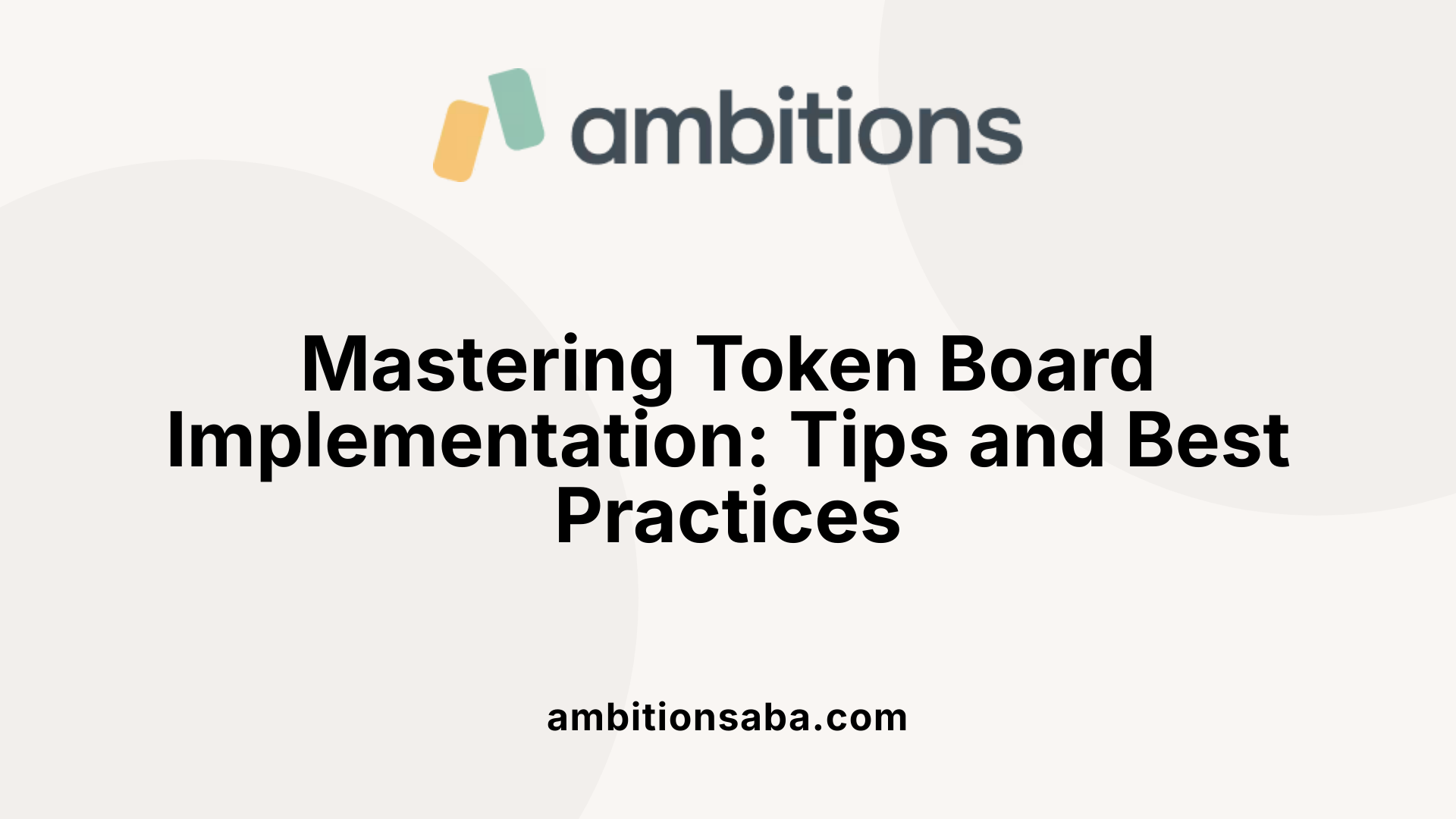Introduction to Token Boards and Their Importance
Token boards are a widely utilized visual reinforcement system rooted in Applied Behavior Analysis (ABA). These tangible tools are instrumental in supporting positive behavior, skill acquisition, and independence, especially in children with developmental challenges such as autism. By providing clear visual cues and immediate feedback, token boards foster motivation, structure, and progress tracking across various settings, including homes, classrooms, and therapy environments.
What Is a Token Board? A Fundamental Behavioral Management Tool

What is a token board?
A token board is a visual and hands-on tool used in behavior management, especially within ABA therapy, to encourage positive behaviors. It consists of a board—often with spaces or slots—and tokens like coins, stickers, or other small items. When a child performs a targeted behavior or completes a task, they earn a token to place on their board.
Once the board is filled with tokens, the child can exchange it for a preferred reward or reinforcer, such as a toy, snack, or activity. This system creates a clear link between behavior and reward, motivating children to exhibit desired behaviors consistently.
Token boards serve as visual cues that help children understand expectations and progress. They are particularly useful in teaching new skills, managing transitions, or reducing problem behaviors. The simplicity and visual nature of token boards make them effective in both educational settings and at home.
For older children or students, tokens may be replaced with letters, points, or other symbols to match their developmental level. This adaptability ensures that token boards remain engaging and appropriate for different age groups and needs.
Overall, a token board is a practical, evidence-based strategy that supports learning, motivation, and behavior change by systematically reinforcing positive actions.
Benefits of Using Token Boards in Behavior Support

What are the benefits of using token boards in behavior support?
Token boards serve as an effective tool for reinforcing positive behaviors through visual and tangible means. They offer a consistent way to communicate expectations and progress, especially for individuals with autism who often benefit from visual cues.
The immediate reinforcement provided by earning tokens keeps learners motivated. As they accumulate tokens, they work toward exchanging them for preferred rewards, fostering a sense of accomplishment that encourages continuing desirable behaviors.
These systems also support the development of independence and self-monitoring skills. Children learn to recognize their own progress and understand how their actions influence outcomes, which enhances self-regulation.
Moreover, token boards are valuable for tracking progress systematically. They simplify data collection, allowing caregivers and educators to monitor behavioral changes and adjust strategies accordingly.
Designed to be adaptable, token systems can be used across various environments such as homes, classrooms, or therapy sessions. Their flexibility makes them suitable for addressing different needs and age groups.
In summary, token boards promote positive behavior, aid in developing motivation, facilitate progress tracking, and foster independence, making them a cornerstone in behavioral support strategies.
Implementing Token Boards Effectively: Strategies and Best Practices

Selecting motivating reinforcers
Choosing the right reinforcers is vital for a successful token system. The reinforcers must be meaningful to the individual child so they feel motivated to earn tokens. Preferences can be identified through observation or direct preference assessments, helping to select rewards like toys, snacks, or preferred activities.
Designing visual and engaging boards
A well-designed token board is simple, colorful, and visually appealing. It should clearly show the number of tokens needed for the reward, with spaces for tokens that are easy to see and manipulate. Customization based on the child's age, interests, and abilities makes the system more engaging. For older children, alternatives like letters or points can replace tokens.
Introducing token systems gradually
Start by pre-loading the board with tokens and pairing tokens with verbal praise. Introduce the system in small steps, such as only focusing on one or two target behaviors at first. Use backward chaining, where the child begins with nearly full token boards, to foster success and motivation.
Using backward chaining and other teaching strategies
Backward chaining involves setting the child up for success by starting with the end goal in mind. For example, placing the completed reward side of the board in view helps the child understand progress. Other strategies include prompting appropriate behaviors, modeling, and providing clear instructions to ensure understanding.
Fading tokens for independence
As the child begins to consistently demonstrate target behaviors, gradually reduce the number of tokens pre-loaded and increase the interval before earning the reward. The goal is to foster intrinsic motivation and independence, eventually fading the use of physical tokens altogether while maintaining the behavioral gains.
Ensuring consistency and data collection
Consistent reinforcement involves everyone involved — teachers, parents, and therapists — following the same procedures. Regular data collection helps track progress, identify patterns, and inform necessary adjustments. Verbal praise should always accompany token delivery to strengthen positive associations.
Adapting systems for individual needs
Token boards can be customized for each child, considering their age, ability, and interests. For some, using digital tokens or visual symbols like letters may be more appropriate. Flexibility in design and reinforcement schedules ensures the system remains effective and engaging.
| Step | Focus Area | Practical Tips |
|---|---|---|
| 1 | Reinforcer Selection | Use preference assessments to identify motivating rewards |
| 2 | Board Design | Make the system colorful, simple, and tailored |
| 3 | Introduction | Use pre-loading and gradual steps |
| 4 | Teaching Strategies | Incorporate backward chaining and modeling |
| 5 | Fading | Gradually decrease tokens and reinforce independence |
| 6 | Consistency | Ensure all staff follow the same procedures |
| 7 | Adaptations | Adjust symbols and reinforcement based on individual needs |
Effective use of token boards requires thoughtful planning, consistent application, and ongoing assessment. When properly implemented, they serve as powerful tools to promote positive behaviors, independence, and motivation in children receiving behavioral interventions.
Using Token Boards to Support Behavior: Practical Guidance

How do you use a token board to support behavior?
A token board functions as a visual reinforcement system aimed at encouraging and maintaining desired behaviors. To implement it effectively, start by selecting a motivating reinforcer, such as a toy, activity, or snack, often involving the individual in this choice to increase motivation.
Next, identify specific target behaviors that will earn tokens—these may include completing homework, following instructions, or self-regulating in social settings.
When the individual performs one of these behaviors, immediately give them a token, which they place on the visual board. This reinforces the behavior and provides a clear, visible record of progress.
Once the individual has accumulated enough tokens, they can exchange them for the predetermined reward. This process makes progress tangible and motivates continued effort.
Over time, as behaviors are consistently demonstrated, the number of tokens required can be increased gradually to foster independence. Additionally, the tokens can be phased out or faded, encouraging the individual to perform behaviors without external prompts.
Using a token board not only promotes positive behavior but also helps teach patience, goal-setting, and self-monitoring—crucial skills for success across different environments.
Research and Evidence Supporting Token Boards in Behavior Management

What research supports the use of token boards for behavior management?
Token boards are backed by a substantial body of research grounded in the principles of applied behavior analysis (ABA). Their origins trace back to laboratory studies in the 1930s, where researchers used animals such as chimpanzees to understand reinforcement processes. These foundational studies showed that tokens could act as conditioned reinforcers—objects that acquire reinforcing properties through their association with primary reinforcers like food.
Over time, scientists observed that tokens could be used to organize complex sequences of behavior, serving as both conditioned reinforcers and discriminative stimuli that signal when a response will be reinforced. Numerous studies across species—including humans—have demonstrated that token systems can effectively shape and maintain desirable behaviors.
In applied settings, especially in special education and behavioral therapy, extensive empirical research shows that structured token boards improve motivation, increase task completion, and promote positive behaviors in children with autism, ADHD, and other developmental challenges. Surveys of behavior analysts and educators reveal consistent positive outcomes when token economies are used as part of a comprehensive behavior management program.
Research also explores the long-term impact of token systems, including their role in teaching self-monitoring skills, independence, and reducing problematic behaviors. When implemented correctly—fading tokens gradually and pairing them with natural reinforcers—they promote sustained behavioral improvements.
Overall, decades of scientific investigation affirm that token boards are an effective, evidence-based intervention that can be tailored to individual needs and applied across diverse populations.
Summary and Final Thoughts on Using Token Boards
Token boards are a powerful and flexible visual reinforcement tool that, when implemented with careful planning and consistency, can significantly enhance behavior management and skill development. Their evidence-based foundation ensures their effectiveness across various settings and populations. By tailoring token systems to individual needs, incorporating engaging visual designs, and systematically fading support over time, practitioners can foster independence and intrinsic motivation, making token boards an essential component of comprehensive behavioral strategies.
References
- How to Implement & Use Token Boards - How to ABA
- Token Board | Texas SPED Support
- [PDF] Using the Token Board - STAR Autism Support
- How a token board motivated my students who learn and think ...
- Using Token Boards and Reward Systems at Home - ABA Journey
- Token Boards for Behavior - TPT
- Using Token Boards in a Token Economy
- The Best Way to Implement a Token Board - Mrs. Moe's Modifications
- Token Board - TPT
- The Power of Token Boards in Special Education - Full SPED Ahead



